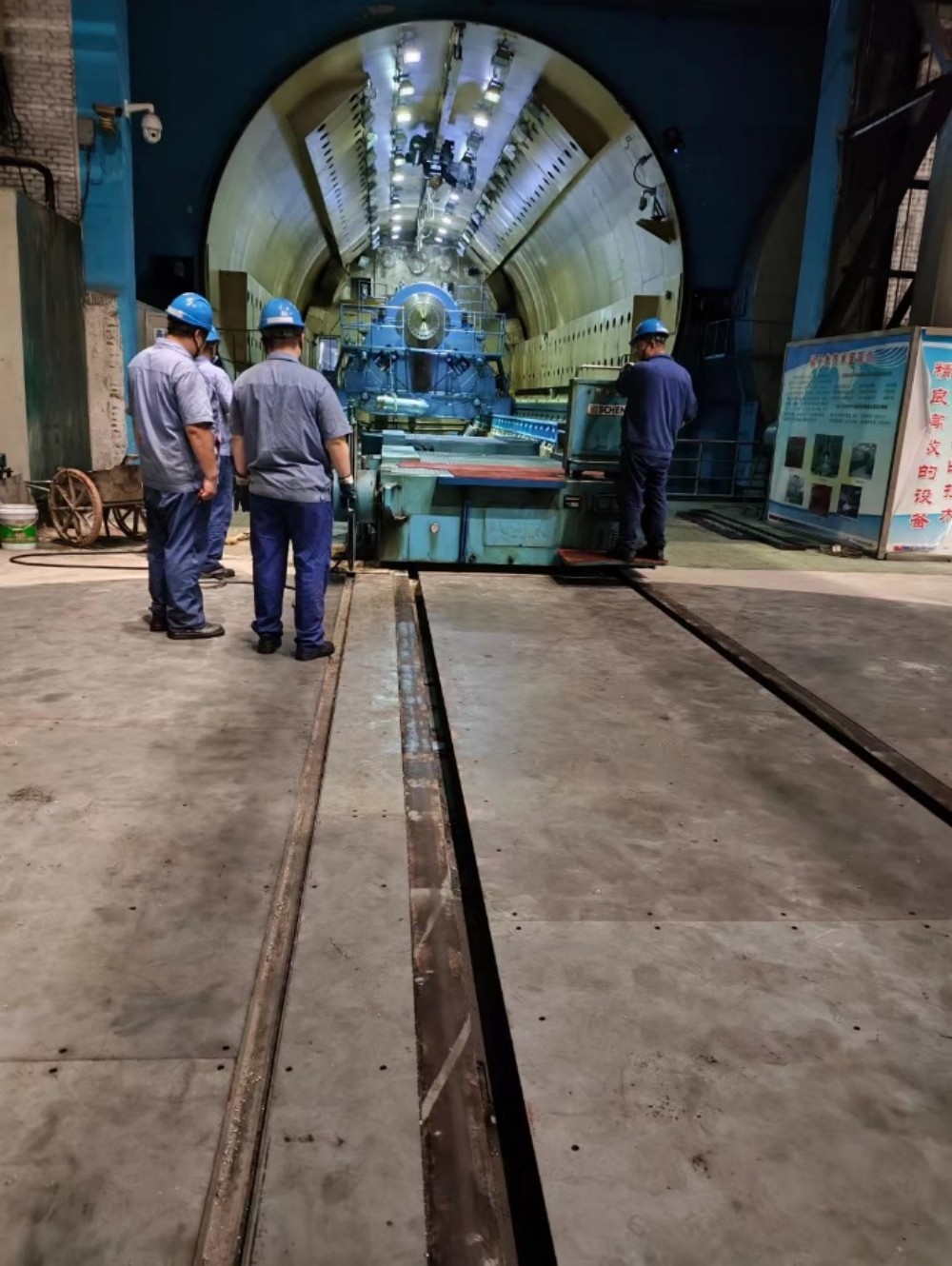When it comes to interior design and construction, the choice of ceiling material plays a crucial role in creating a visually appealing and functional space. Two commonly used materials for ceilings are gypsum and plaster. While they may seem similar at first glance, there are significant differences between the two. In this blog post, we will explore the distinctions between gypsum and plaster ceilings, shedding light on their composition, installation process, durability, and aesthetic appeal.
- Composition:
Gypsum Ceiling:
Gypsum ceilings are made from gypsum boards, also known as drywall or plasterboard. Gypsum is a naturally occurring mineral composed of calcium sulfate dihydrate. It is processed into a fine powder and mixed with water to form a paste, which is then poured into molds to create gypsum boards. These boards are then used to construct ceilings.
Plaster Ceiling:
Plaster ceilings, on the other hand, are made from a mixture of lime, sand, and water. The lime acts as a binder, holding the sand particles together. This mixture is applied directly to the ceiling surface, creating a smooth and seamless finish.
- Installation Process:
Gypsum Ceiling:
Gypsum ceilings are relatively easier and quicker to install compared to plaster ceilings. Gypsum boards are lightweight and come in standardized sizes, making them easy to handle and transport. They can be easily cut and shaped to fit any ceiling design. The boards are fixed to the ceiling framework using screws or adhesive, and the joints are then filled and sanded to create a seamless surface.
Plaster Ceiling:
Plaster ceilings require skilled craftsmanship and more time to install. The plaster mixture is applied layer by layer onto a metal or wooden framework, allowing each layer to dry before applying the next. This process requires precision and expertise to achieve a smooth and flawless finish. The intricate designs and ornamental details often associated with plaster ceilings require meticulous handwork by skilled artisans.
- Durability and Maintenance:
Gypsum Ceiling:
Gypsum ceilings are known for their durability and resistance to moisture. They are less prone to cracking and are more resistant to fire compared to plaster ceilings. Gypsum boards also have good acoustic properties, providing sound insulation and reducing noise transmission between rooms. Maintenance is relatively easy, as damaged sections can be replaced without affecting the entire ceiling.
Plaster Ceiling:
Plaster ceilings, although elegant and timeless, are more susceptible to cracking and damage. They are not recommended for areas with high humidity or moisture, as prolonged exposure can cause the plaster to deteriorate. Repairing plaster ceilings can be challenging, often requiring the expertise of a professional plasterer. Regular maintenance, such as repainting, may be necessary to maintain their aesthetic appeal.
- Aesthetic Appeal:
Gypsum Ceiling:
Gypsum ceilings offer a wide range of design possibilities. They can be easily molded into various shapes, curves, and patterns, allowing for creative and intricate designs. Gypsum boards can also be finished with different textures, such as smooth, textured, or patterned, to suit the desired aesthetic. They provide a modern and clean look to any space.
Plaster Ceiling:
Plaster ceilings are renowned for their classic and luxurious appearance. They exude elegance and sophistication, often featuring ornate details, intricate moldings, and decorative motifs. Plaster ceilings are commonly found in historical buildings and traditional architectural styles. They add a touch of grandeur and charm to any interior.
Conclusion:
In summary, while gypsum and plaster ceilings share similarities in their purpose of enhancing interior spaces, their composition, installation process, durability, and aesthetic appeal set them apart. Gypsum ceilings offer versatility, ease of installation, and resistance to moisture, making them suitable for modern designs. On the other hand, plaster ceilings embody timeless elegance and craftsmanship, but require skilled labor and maintenance. Understanding these differences will help you make an informed decision when choosing the ideal ceiling material for your project.








+ There are no comments
Add yours